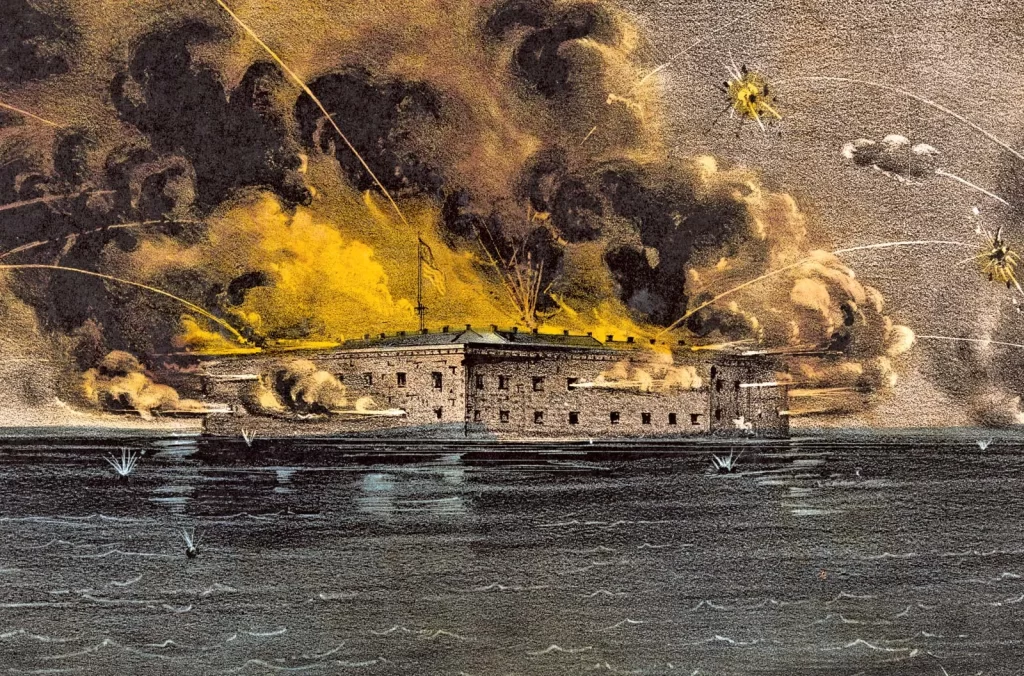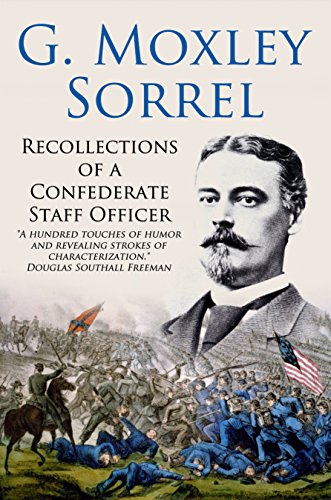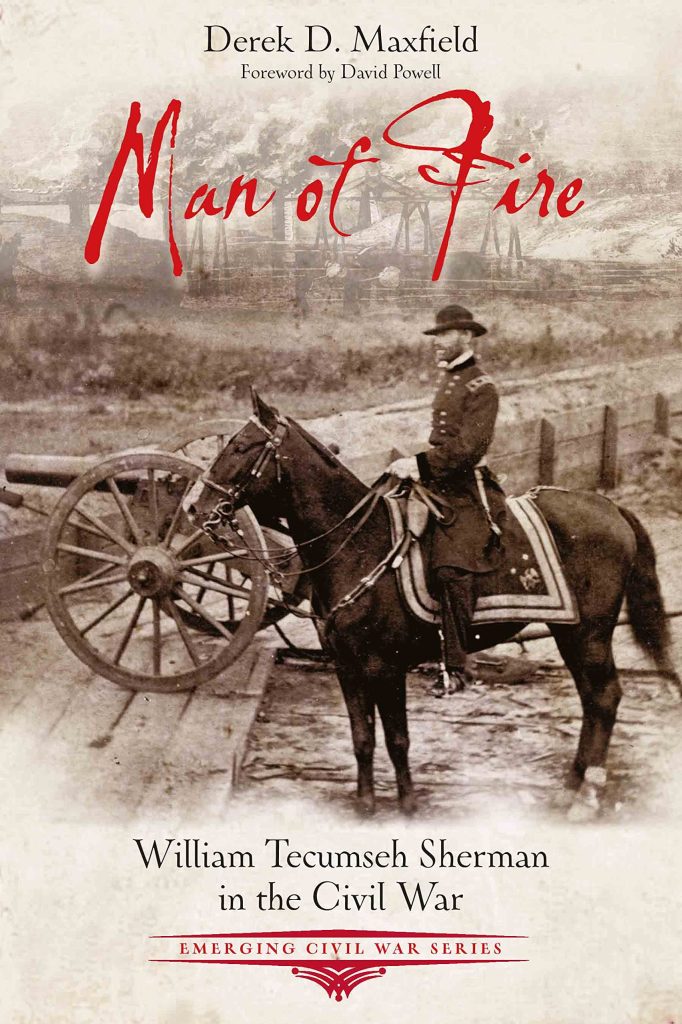
The refusal of Fort Sumter to surrender and the subsequent shelling by South Carolinian authorities might have been the immediate cause of the American Civil War, but it had been a long time coming. In retrospect, the Missouri Compromise of 1820, the Mexican War of the mid 1840s, which opened up vast new tracts of land for settlement; the Compromise of 1850; the Kansas-Nebraska Act; the Dred Scott decision in 1857; and John Brown’s Raid in 1859 all edged, pushed, or shoved the nation towards an internal military war. The spark that lit the fuse was the election of Abraham Lincoln in November 1860, followed by the secession of several Southern states.
Documentation abounds. Few things occupied American minds in the 19th century like slavery. And Americans expressed their thoughts and deeds in diaries, letters, journals, newspapers, speeches, laws, and court decisions. Under the auspices of The Library of America, that documentation has been curated and published in four volumes collectively called The Civil War, edited by Brooks Simpson, Stephen Sears, and Aaron Sheehan-Dean. Each volume is devoted to a specific year; volume 1 is The Civil War: The First Year by Those Who Lived It.

The curated collection begins with an editorial in the Charleston (SC) Mercury on Nov. 3, 1860, asking what shall the South Carolina legislature do. It ends with a letter by Edwin Stanton, who became Lincoln’s Secretary of War, on Jan. 24, 1862, bluntly stating “This (federal) army has got to fight.”
In between are the thoughts, beliefs, hopes, and fears by Americans on both sides of the conflict, from Abraham Lincoln and Jefferson Davis, officers and soldiers in the field writing to each other and loved ones, to civilians back home, writing in letters and diaries. You read the responses to the Battle of Bull Run (Manassas), which was almost a Confederate defeat until it turned into a rout of the Union army, with soldiers fleeing back to Washington and fear gripping the federal capitol. You also read how, from the start, the Union army was grappling with the “contraband question,” which was what to do about slaves who had escaped to the Union armies. It was a question that dogged the federals all through the war. And you read the stirring writing of Frederick Douglass, during from the beginning that it be made a war over slavery: Lincoln initially focused on the idea of preserving the Union.
You see the strategic and tactical thoughts on people’s minds, and you see them dealing with the ordinary and mundane things of life. The reader has the benefit of hindsight; we know how this will end. But the people at the time did not, and both sides were determined to prevail.
Brooks Simpson is an author and Foundation Professor of History at Arizona State University. Stephen sears has published a biography of George McClellan and several individual battle histories. Aaron Sheehan-Dean is the Fred Frey Professor of History at Louisiana State University and the author of two Civil War histories.
The Civil War: The First Year by Those Who Lived It provides a considerable number of source documents for the first year of the war. It allows you to consider what people were thinking, believing, and experiencing. It’s an eye-opening and, at times, poignant read.
Top illustration: An artist’s drawing of the shelling of Fort Sumter.














